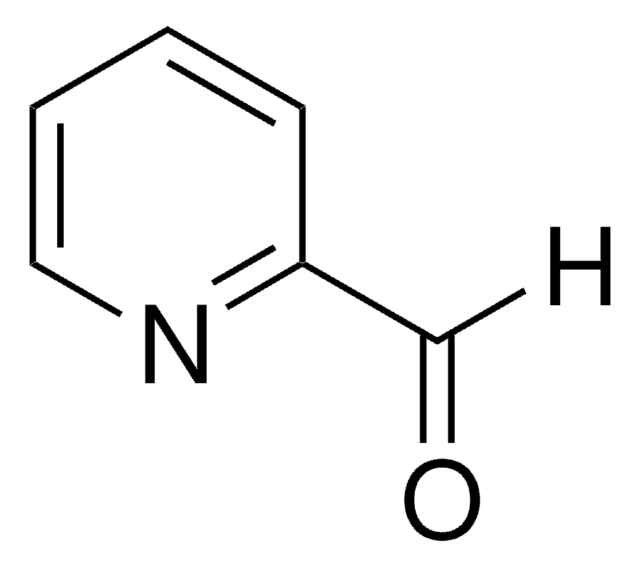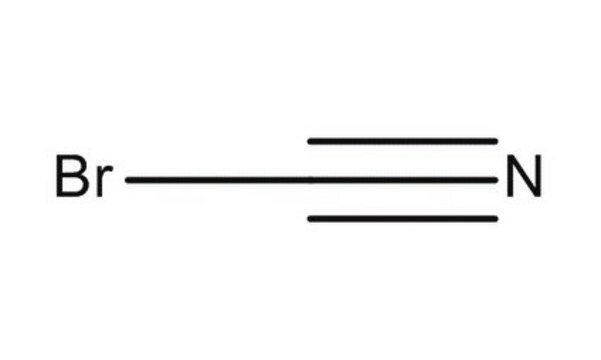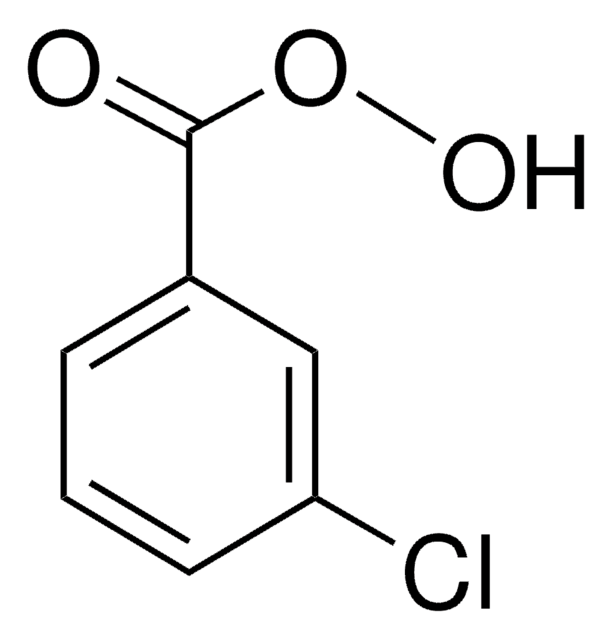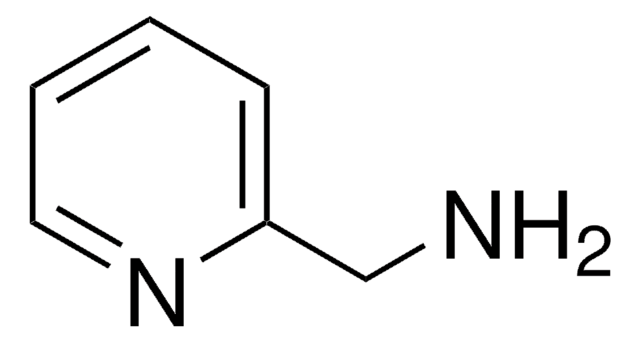341894
Cyanogen bromide solution
3.0 M in methylene chloride
About This Item
Productos recomendados
formulario
liquid
concentración
3.0 M in methylene chloride
solubilidad
alcohol: freely soluble
diethyl ether: freely soluble
water: freely soluble
densidad
1.443 g/mL at 25 °C
cadena SMILES
BrC#N
InChI
1S/CBrN/c2-1-3
Clave InChI
ATDGTVJJHBUTRL-UHFFFAOYSA-N
¿Está buscando productos similares? Visita Guía de comparación de productos
Descripción general
Aplicación
Palabra de señalización
Danger
Frases de peligro
Clasificaciones de peligro
Acute Tox. 2 Inhalation - Acute Tox. 2 Oral - Acute Tox. 3 Dermal - Carc. 2 - Eye Dam. 1 - Skin Corr. 1B - STOT SE 3
Órganos de actuación
Central nervous system
Riesgos supl.
Código de clase de almacenamiento
6.1B - Non-combustible, acute toxic Cat. 1 and 2 / very toxic hazardous materials
Clase de riesgo para el agua (WGK)
WGK 3
Punto de inflamabilidad (°C)
Not applicable
Equipo de protección personal
Faceshields, Gloves, Goggles, type ABEK (EN14387) respirator filter
Listados normativos
Los listados normativos se proporcionan para los productos químicos principalmente. Para los productos no químicos sólo se puede proporcionar información limitada. Si no hay ninguna entrada, significa que ninguno de los componentes está en la lista. Es obligación del usuario garantizar el uso seguro y legal del producto.
EU REACH Annex XVII (Restriction List)
Certificados de análisis (COA)
Busque Certificados de análisis (COA) introduciendo el número de lote del producto. Los números de lote se encuentran en la etiqueta del producto después de las palabras «Lot» o «Batch»
¿Ya tiene este producto?
Encuentre la documentación para los productos que ha comprado recientemente en la Biblioteca de documentos.
Nuestro equipo de científicos tiene experiencia en todas las áreas de investigación: Ciencias de la vida, Ciencia de los materiales, Síntesis química, Cromatografía, Analítica y muchas otras.
Póngase en contacto con el Servicio técnico








